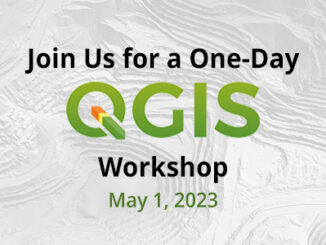

When: Thursday October 10, 11:00 EDT (15:00 UTC)
Applied to mineralogy investigation, Thermal Infrared Hyperspectral Imaging (TIR) brings many benefits to exploration companies in their search for mineral deposits that can be economically mined and processed. Indeed, quantifying ore distribution through airborne mapping of large areas, combined with the latest advances in data interpretation, bring better resolution and accuracy than currently available satellite images. TIR scanners can also be used in core logging, to assess the mineral content of drill core samples, chips, soils and other geological samples from borehole to deposit scales, yielding valuable geochemistry data for mine planning in a much faster and cost-effective fashion. Finally, TIR-based automated sorting systems offer improved mineral identification accuracy, thus allowing more efficient pre-concentration and material recovery through better classification.
Speaker: Jean-Daniel Bussières

Throughout his career as an engineering physicist, Jean-Daniel Bussières has acquired an extensive experience in sensor-based mineral identification and sorting. While in charge of Tomra Systems’ North American mining test center, he investigated the effectiveness of various sensors in sorting ore samples, including x-ray fluorescence spectroscopy and hyperspectral near infra-red. He was also regularly tasked with the commissioning, setup and operating of automated ore sorters in mining operations. He has recently joined Telops’ Measurement Services and its Airborne Mineral Mapping, exploring the benefits of Thermal Infrared Hyperspectral Imaging for mineral exploration.
To register, click here.




Be the first to comment